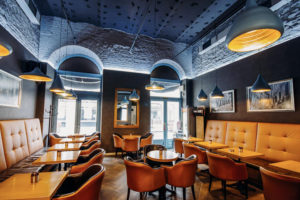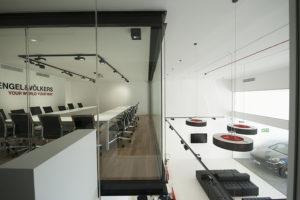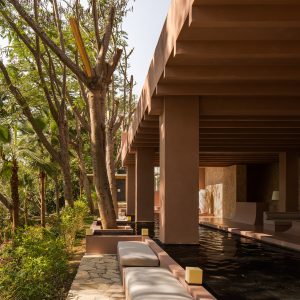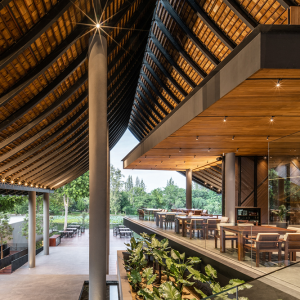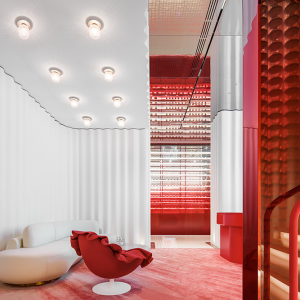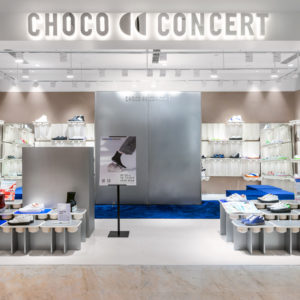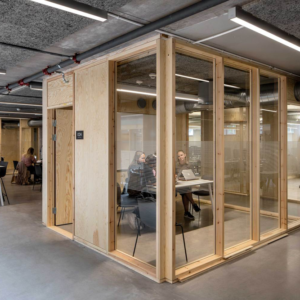


A team led by ETH Zurich researchers has constructed an expansive canopy using 399 slabs of limestone and no glue, showcasing a “milestone for stone engineering”. ETH Zurich’s Block Research Group worked with engineering firm Ochsendorf DeJong & Block and masonry specialist The Escobedo Group to create the Armadillo Vault – the centrepiece of the Beyond Bending exhibition at the Venice Biennale.

The curving canopy features structural spans of up to 16 metres, but is supported entirely through compression rather than with the use of adhesives or fixings. The project was developed using RhinoVAULT, a digital design plugin that is licensed by ETH Zurich and has over 16,000 users.
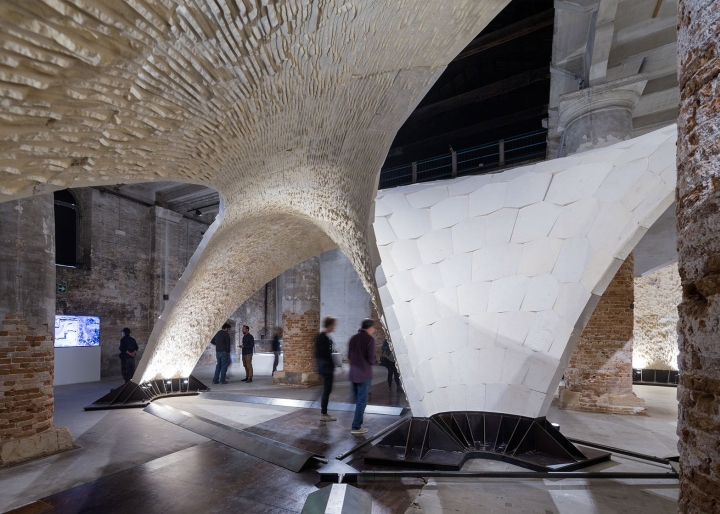
It is intended to demonstrate that, with detailed knowledge of how compressive forces affect architectural structures, buildings can be constructed more efficiently using sustainable materials rather than steel. Block’s team chose to work with limestone – one of the most difficult materials to use structurally – to show how optimised geometries make it possible to build ambitious structures, even with limited resources.

To speed up the construction time, each piece of limestone was left unfinished on the underside – meaning the time spent on each piece averaged about 45 minutes, rather than several hours. This created a canopy that looks similar to an armadillo shell on top, but has a rough, stripy underside.

The team carried out a test assembly of the structure with the building team in Texas before constructing it inside the Arsenale venue. This allowed them to create gentle grooves in some of the pieces, which provided a guide second time around. Once the Biennale is over, the structure will be moved to a new location. This process could be repeated in various future sites without compromising the structural integrity, as the form is simply an “intricate 3D puzzle”, according to Block.

It forms part of Reporting from the Front, the exhibition curated by Chilean architect Alejandro Aravena for the 15th Venice Architecture Biennale. Running until 27 November 2016, it aims to shine a light on some of the most important global issues. ETH Zurich has a series of pioneering architectural research groups. Other examples of their work include a tower built from nothing but gravel and thread and structures built using drones.





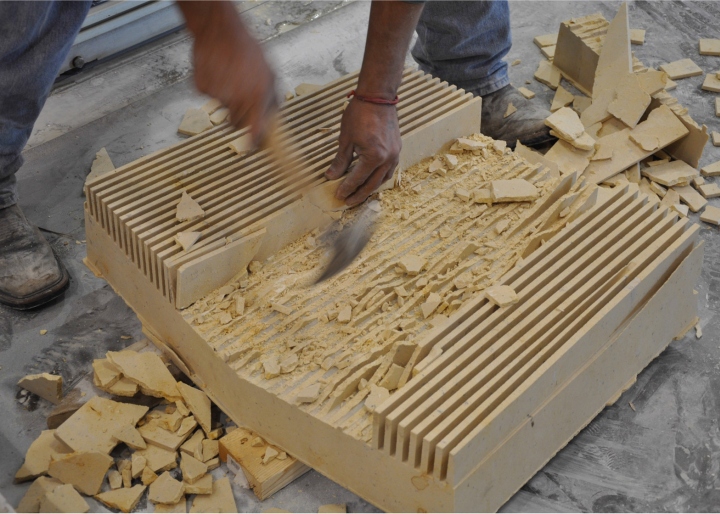

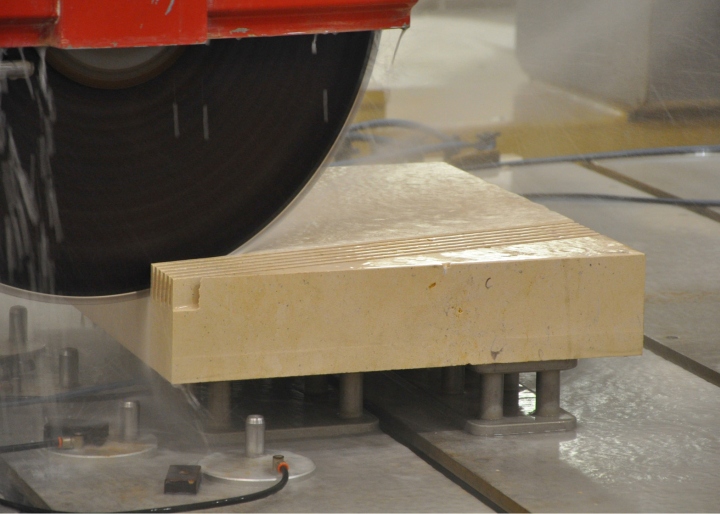

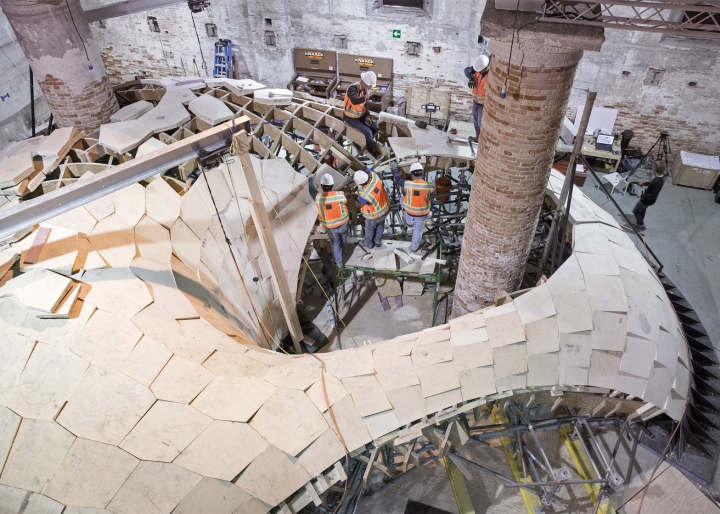
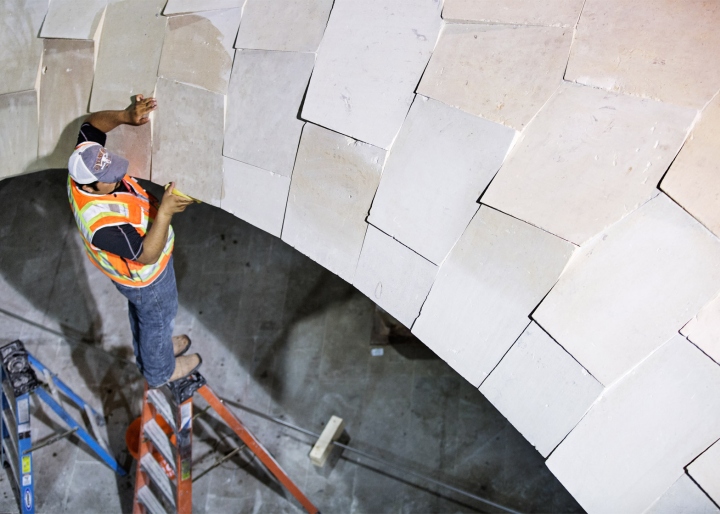




















Add to collection
